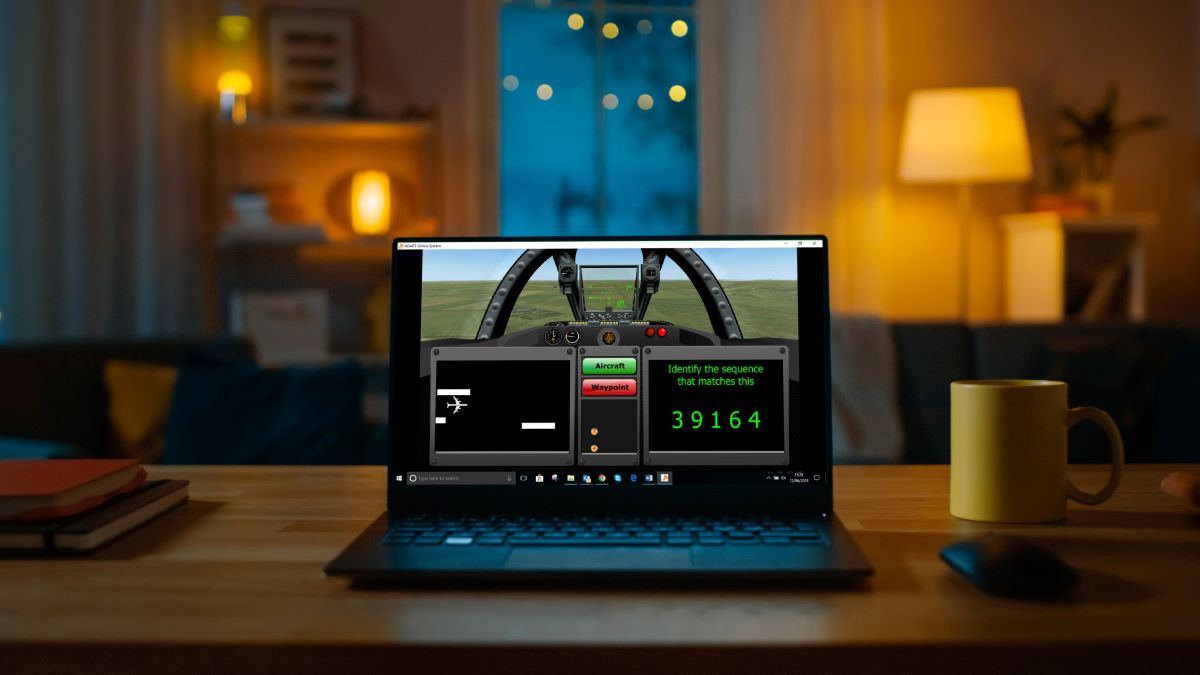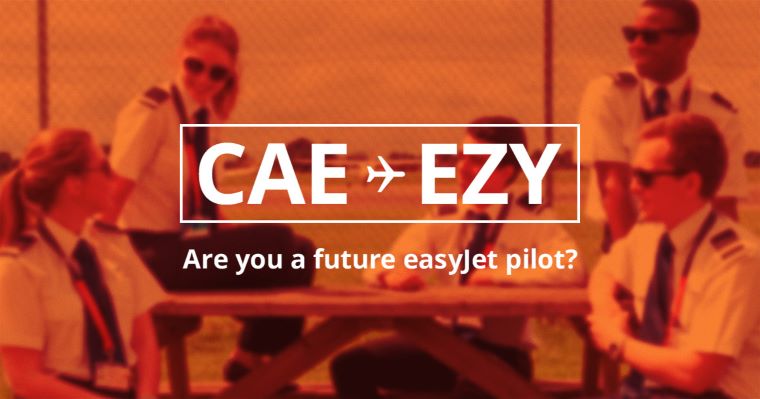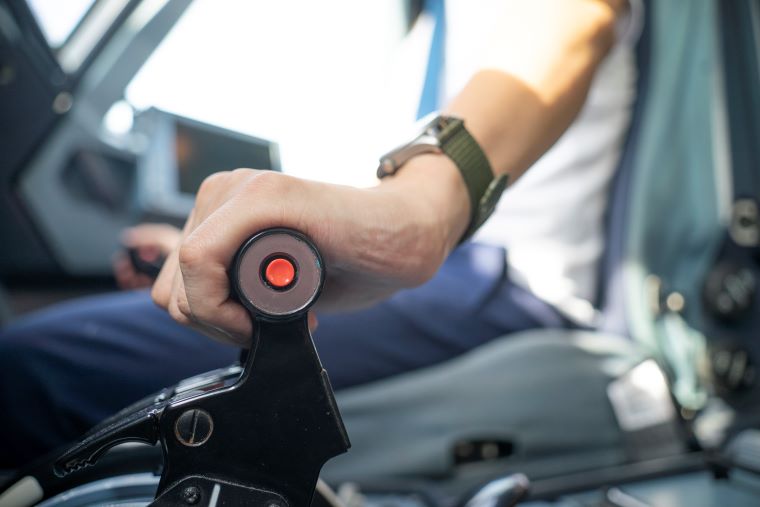What are the different types of pilot aptitude assessments and what do they measure

The pilot aptitude testing process commonly involves several different test types to ensure full measurement of the core pilot competencies across the assessment. Depending on the organisation and role you are applying for, the exact tests included in the assessment battery will vary, but will commonly include a combination of knowledge tests, aptitude tests, which look at ability in a particular skill area, and tests that look at preferences, personality, and behaviour.
As with all tests, success is highly dependent on preparation, which is why Airside is proud to offer members a 20% discount on Symbiotics’ practice pilot aptitude tests.
Knowledge Tests
Knowledge tests are designed to measure the amount of academic or theoretical understanding you have in a particular subject, and often your ability to apply the relevant concepts in this area through calculations or analysis of information. Knowledge tests have clear right and wrong answers, and are often comprised of multiple-choice questions, though questions may be presented in other formats as well. This type of test is utilised as part of a selection process where a particular role or training programme requires more specified knowledge of a subject in order to be performed successfully, and therefore often forms part of pilot aptitude testing. An example of this would be an Aviation Knowledge test, consisting of questions measuring knowledge of aviation-specific topic areas at CPL or ATPL level, such as air law, meteorology, and human performance.
Tests of Ability
Ability tests are designed to measure a particular set of skills, or your potential to learn and develop a particular set of skills, to predict your future performance in training and on the job-related tasks where the skill in question is required. In aviation, the most prevalent tests of ability used in the selection process are those looking at your ability to multitask and your psychomotor skills such as physical dexterity and coordination. These relate to the core pilot competencies including flight path management, maintaining aircraft control and allocation of attention. Ability tests are generally more applied in nature, and usually present you with a specific task or scenario that allows for direct measurement of the necessary skill, such as requiring you to use a joystick to manipulate an object in order to measure your level of coordination and control or requiring you to respond to multiple tasks or stimuli at once in order to measure multitasking and division of attention.
Behaviour, Personality and Preferences-Based Tests
These types of tests are designed to measure personality traits, individual preferences and behaviour that influence suitability for a particular role and/or organisation. Although there are no ‘right’ or ‘wrong’ answers, your preferences can determine how well you are suited to a particular role, or the culture of the organisation you are applying to. For example, someone with a strong dislike of regulations and procedures may not be best suited to a large, structured organisation, and this could lead to frustrations for both the organisation and the individual further down the line. Ensuring a good fit is important for both parties involved.
Personality Questionnaires commonly form part of the pilot aptitude testing process, in order to measure the key pilot competencies surrounding socio-interpersonal abilities such as teamwork and leadership, and personality traits such as stress coping and professional motivation, as well as any additional traits seen as desirable by the individual organisation. These types of questionnaires do not have correct or incorrect answers, instead requiring you to reflect on yourself. Common styles of question include presenting you with a statement that you must express your level of agreement with or providing two contrasting statements and asking you to select the option that most closely describes yourself.
Behavioural tests are also commonly used as part of pilot aptitude testing. These tests look at how we are likely to act in the workplace and our attitude towards different situations, rather than measuring underlying personality traits. These tests often involve presenting a hypothetical scenario you are likely to encounter in the role and asking to select how you would choose to act in response to the situation, from a number of options given; for example, you may be presented with a scenario involving decision-making on the flight deck, or your approach to resolving conflict with a colleague. Identifying your preferred response to hypothetical scenarios helps to predict how you will be likely to respond to similar situations in the real world and can therefore provide an indication of your likely performance in the role across some of the core pilot competencies, including socio-interpersonal abilities and operational skills such as decision-making and problem solving. There may sometimes be no clear right or wrong course of action from the options provided, and the optimal response will be determined by a number of factors including the priorities and values of the organisation you are applying to.
It is a good idea to prepare as well as possible for your pilot aptitude assessments and taking practice tests can allow you to familiarise yourself with the different kinds of pilot aptitude tests typically used, as well as the type of questions or content you can expect to be involved in each of the tests. Airside members can take advantage of a 20% discount on Symbiotics’ practice pilot aptitude tests.
welcome aboard the new airside
We took our community to the next level with an elevated look, innovative features, and new tools.



